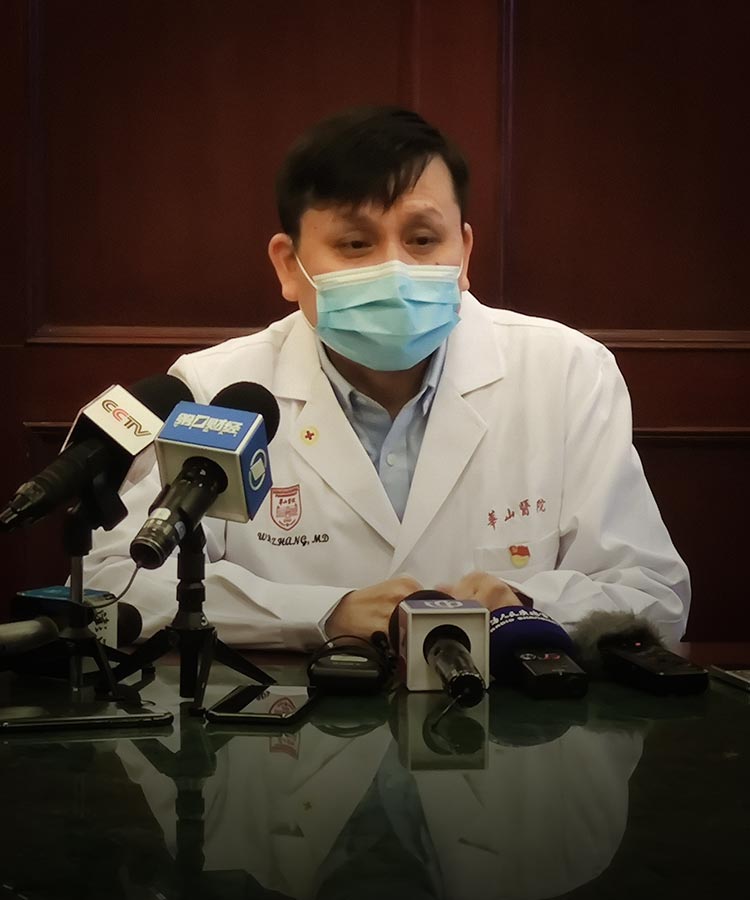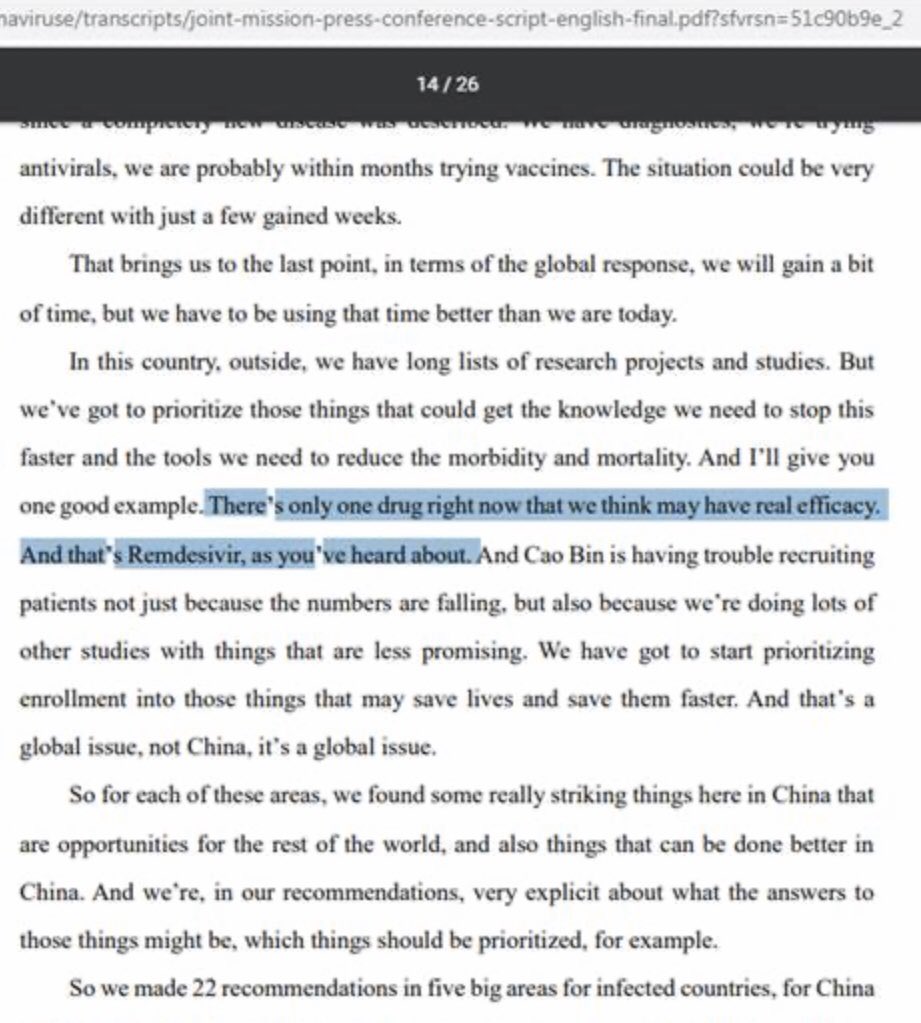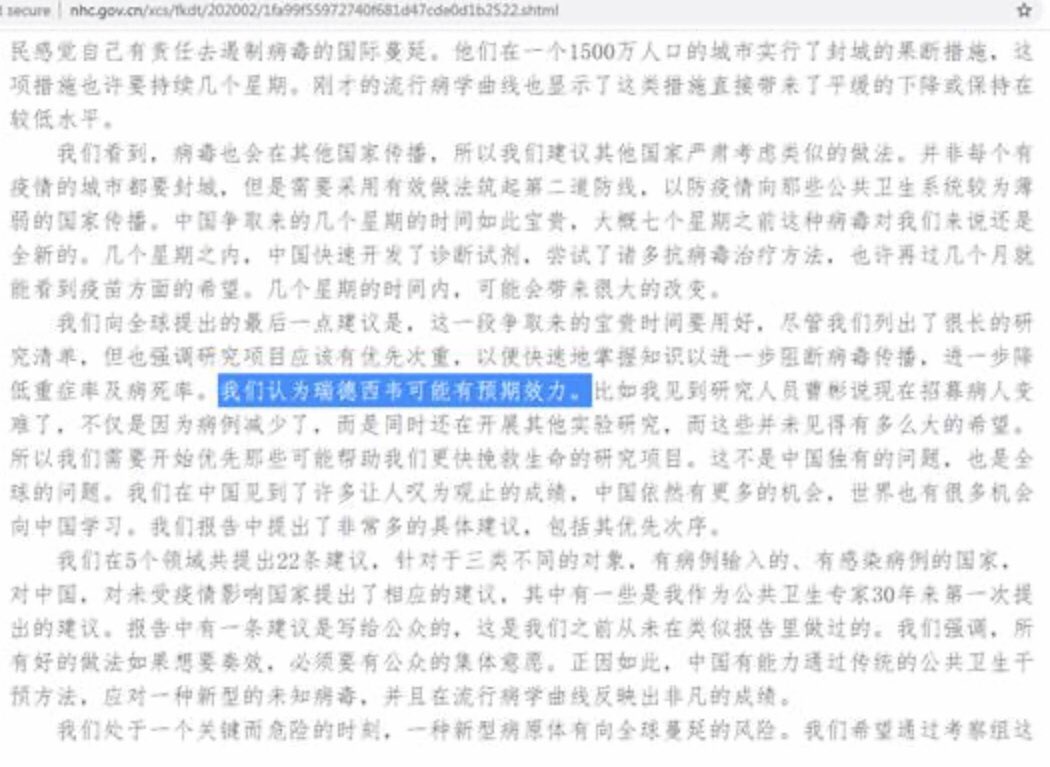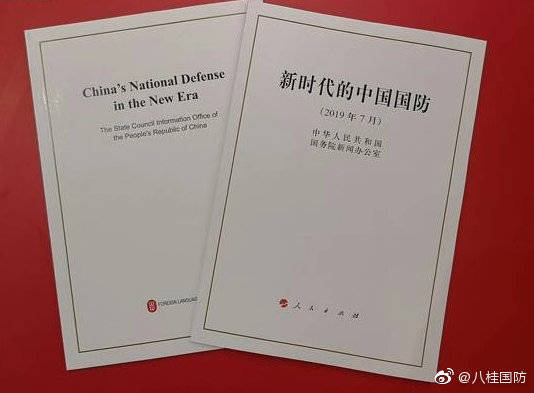- median age is 51
- 51.1% are male
- 77.0% are from Hubei province
- 21.6% are farmers or laborers
Human-to-human transmission is mostly occurring in families.
It has yet to be determined whether people who recover from the virus are resistant to subsequent infections.
prison clusters: sixthtone.com/news/1005226/o…
mental hospital cluster: sixthtone.com/news/1005191/c…
The maximum of 14 days highlights why many companies and governments are imposing 2-week quarantine periods on at-risk individuals.
“In the face of a previously unknown virus, China has rolled out perhaps the most ambitious, agile and aggressive disease containment effort in history.”
Makes you wonder whether a publicity department official had to sign off on the final report…
“At the individual level, the Chinese people have reacted to this outbreak with courage and conviction.”
“The COVID-19 virus is unique among human coronaviruses in its combination of high transmissibility, substantial fatal outcomes in some high-risk groups, and ability to cause huge societal and economic disruption.”
Do they realize how this sounds, I wonder?
Really? Because reports about a pneumonia of unknown etiology in Wuhan were being censored as late as Jan. 2
But how effectively has this top-down mechanism been implemented at the local level? sixthtone.com/news/1005178/w…












